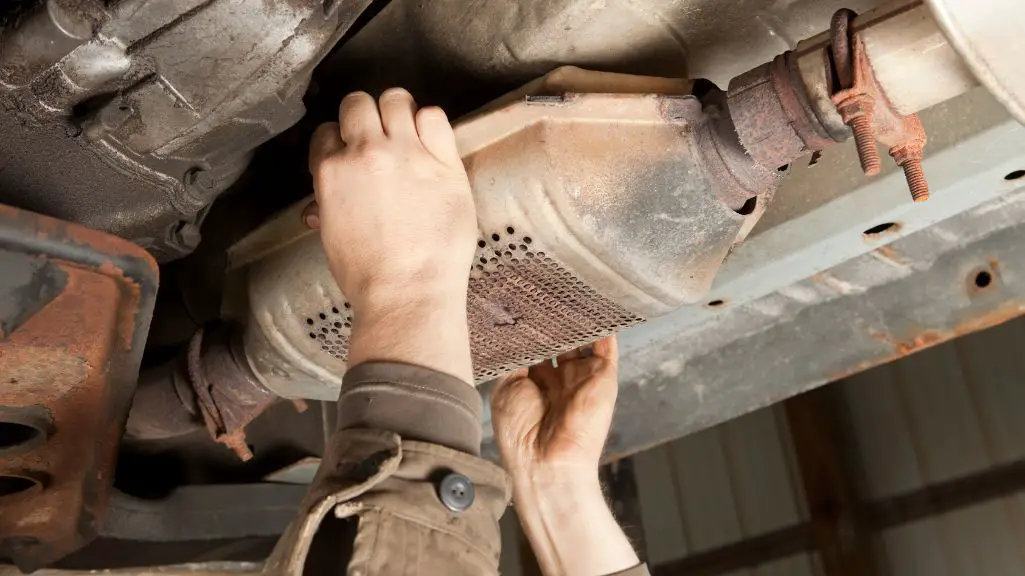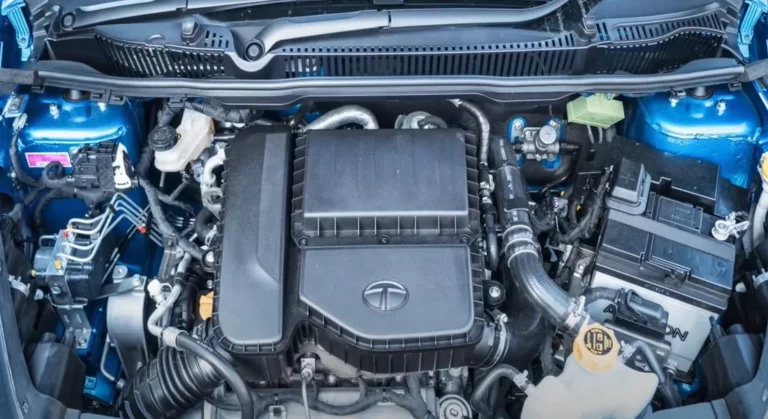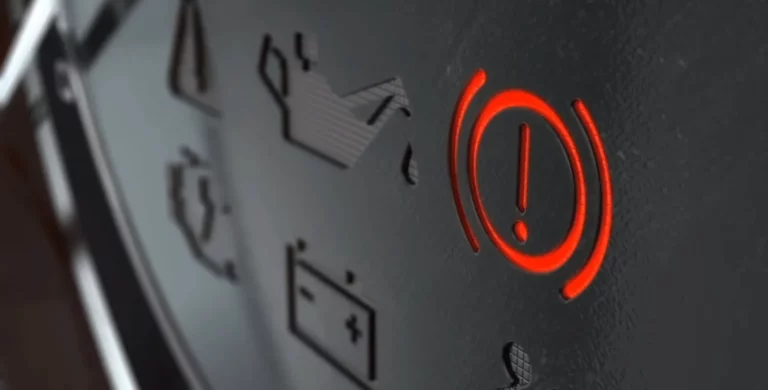What is Smoke Catalytic Converters in Your Car?
Smoke catalytic converters serve as the equivalent of environmental superheroes in the exhaust system. These amazing devices use a series of chemical processes to eliminate toxic gases and particle matter.
They significantly help to reduce air pollution. This article will discuss everything you have to know about the smoke catalytic converter in your car. So stay tuned till the very end!

What is A Smoke Catalytic Converter?
In automobiles with diesel engines, the smoke catalytic converter is commonly referred to as the diesel particulate filter (DPF). It is an essential part of the exhaust system. Its main purpose is to lessen the harmful pollution emissions, especially particulate matter (PM), from diesel engine exhaust gases.
Diesel particulate matter consists of microscopic soot particles and other solid pollutants. These are the primary pollutant addressed by smoke catalytic converters.
Smoke catalytic converters require periodic regeneration to ensure peak performance. This is done by burning off accumulated soot particles. This can happen passively or actively. These are discussed in later sections in detail.
How Does a Smoke Catalytic Converter Reduce Emissions?
These converters have a structure resembling a honeycomb made of platinum, palladium, and rhodium. These materials act as catalysts. The porous nature of the converter captures these particles, allowing them to be oxidized and converted.
The catalysts enable chemical processes that change toxic compounds like carbon monoxide, nitrogen oxides, and hydrocarbons into less harmful carbon dioxide, nitrogen, and water vapor when the exhaust gases flow through the honeycomb.
Imagine it as the ultimate remix, transforming the ugly beats into a song that is more in tune and enjoyable for the environment!
How Does A Smoke Catalytic Converter Help In Improving Air Quality?
Unlike conventional catalytic converters, which primarily target gaseous pollutants such as nitrogen oxides (NOx), carbon monoxide (CO), and hydrocarbons (HC), the smoke catalytic converter goes a step further by specifically addressing the issue of particulate matter emissions.
Particulate Filtration
The particulate filter acts as a smoke catalytic converter’s first line of defense.
It is composed of a honeycomb structure with teeny tubes that are covered in a catalyst. These catalysts can be Gold, Platinum, Rhodium etc(which makes these so expensive).
The catalyst encourages chemical processes that trap and catch the small smoke particles as exhaust gases flow through the channels.
Regeneration Process
The converter’s effectiveness decreases due to particle build up and blocking of the channels over time. The smoke catalytic converter has a regeneration method to combat this.
It burns off the entrapped particle matter by combining heat and chemical processes. The elevated temperature triggers a chemical reaction that oxidizes the captured particles, converting them into carbon dioxide (CO2) and water (H2O), which are harmless gases.
Regeneration can happen either passively or actively. When the exhaust gases from the engine reach a particular temperature, passive regeneration automatically occurs.
When the temperature of the exhaust gases is insufficient for passive regeneration, the engine control unit (ECU) may start an active regeneration process. To raise the temperature of the exhaust stream and speed up the regeneration process, the ECU injects more fuel into the combustion chambers.
Catalyst Coating
The catalyst coating on the filter channels is an essential component of the smoke catalytic converter.
Precious metals like platinum, palladium, and rhodium are frequently used in coatings because they act as catalysts to speed up chemical reactions.
Some manufacturers include cutting-edge chemicals in the catalyst coating to increase the smoke catalytic converter’s efficiency even more.
These additions, like cerium oxide, improve overall performance and emissions reduction. It assists in the elimination of carbon monoxide, hydrocarbons, and nitrogen oxides
Different Types Of Smoke Catalytic Converters Available
Each type of catalytic converter is made to handle particular emission components and engine types. Here are some:
Diesel Particulate Filter (DPF)
One of the most popular models of smoke catalytic converters used in diesel engines. DPFs typically have a ceramic honeycomb structure. They combine particulate filtration and regeneration techniques.
Selective Catalytic Reduction (SCR)
Heavy-duty diesel engines frequently employ the technology of selective catalytic reduction to lower nitrogen oxide (NOx) emissions. It involves injecting a urea-based fluid into the exhaust system that is frequently referred to as DEF or AdBlue. In the presence of a catalyst, often based on vanadium or platinum, the DEF combines with the NOx to transform it into nitrogen (N2) and water (H2O).
Lean NOx Trap (LNT)
Nitrogen oxide (NOx) emissions are reduced in gasoline and lean-burn diesel engines by using lean NOx traps. When the engine’s air-fuel ratio is changed, LNTs work by first storing NOx and then reducing it.
The catalyst in the traps is covered on a ceramic substrate. It is often made of expensive metals like platinum and rhodium. LNTs are effective at lowering NOx emissions particularly in lean-burn conditions.
Diesel Oxidation Catalyst (DOC)
Engine Oxidation Diesel engines frequently use catalysts to lower carbon monoxide (CO) and hydrocarbon (HC) emissions. They are made consisting of a ceramic substrate supported by a catalyst layer, commonly based on platinum and palladium.
DOCs make it easier for CO and HC to be chemically converted into carbon dioxide (CO2) and water (H2O), lessening their damaging effects on the environment.
Gasoline Particulate Filter (GPF)
Gasoline Particulate Filters are designed specifically for gasoline engines.GPFs use a honeycomb structure covered in a catalyst substance, much like DPFs do.
Three-Way Catalytic Converter (TWC)
To simultaneously lower emissions of nitrogen oxides (NOx), carbon monoxide (CO), and hydrocarbons (HC), three-way catalytic converters are widely used. TWCs integrate a variety of catalyst materials, typically based on platinum, palladium, and rhodium.
These conduct various reactions simultaneously.
How To Clean the Smoke Catalytic Converter?
Due to its complexity and possible risks, DIY cleaning of a smoke catalytic converter is normally not advised. It can be dangerous to try DIY cleaning techniques with chemical cleaners.
Or attempting to disassemble the converter. The best course of actionis to speak with an expert who can correctly identify and fix the issue.
What Are The Signs Of A Malfunctioning Smoke Catalytic Converter?
Reduced engine performance, increased exhaust emissions, the check engine light coming on, rattling or metallic noises, poor fuel economy, and unpleasant aromas are all indications that a smoke catalytic converter is malfunctioning.
Have a professional mechanic evaluate your car if you have any of these symptoms. Quick action will assist retain functionality, lower emissions, and stop additional damage.
How To Repair Or Replace the Smoke Catalytic Converter?
Replacement of the smoke catalytic converter includes removing the old converter and replacing it with a new one. The new one should adhere to the vehicle’s specifications.
But repairs may include tuning up minor damage or unclogging the converter. An experienced mechanic should always do any of the above procedure.
Smoke Catalytic Converter – (FAQs)
How often should a smoke catalytic converter be inspected and maintained?
Typically every 30,000 to 50,000 miles (or as advised by the manufacturer).
What are the signs of a malfunctioning smoke catalytic converter?
Some common signs of a malfunctioning smoke catalytic converter include:
Check Engine Light (CEL) illuminated on the dashboard, decreased engine performance and power, increased exhaust emissions and unusual exhaust odor and rattling or metallic noises.
Are smoke catalytic converters universal or vehicle-specific?
Smoke catalytic converters are typically designed to be vehicle-specific due to variations in engine size, emissions regulations, and exhaust system configurations.
Can a faulty smoke catalytic converter cause a decrease in engine performance?
Yes, a malfunctioning smoke catalytic converter can potentially lead to decreased engine performance.




